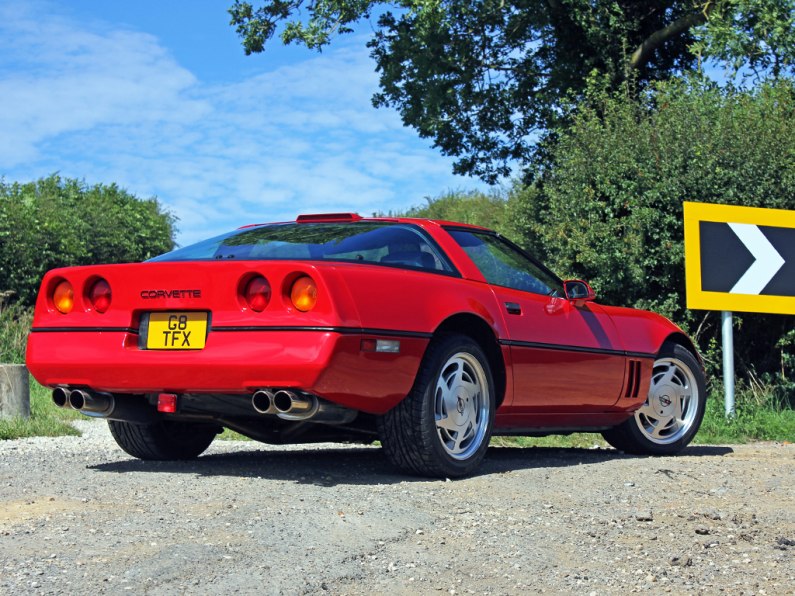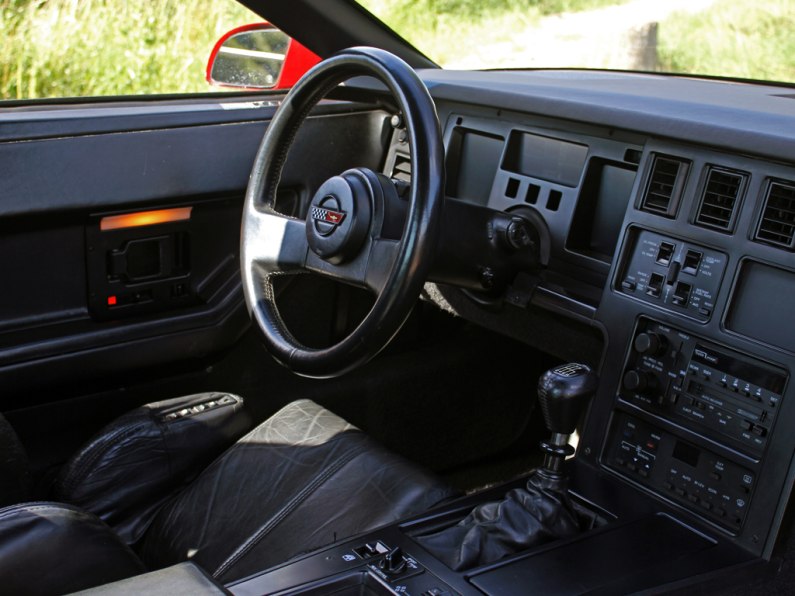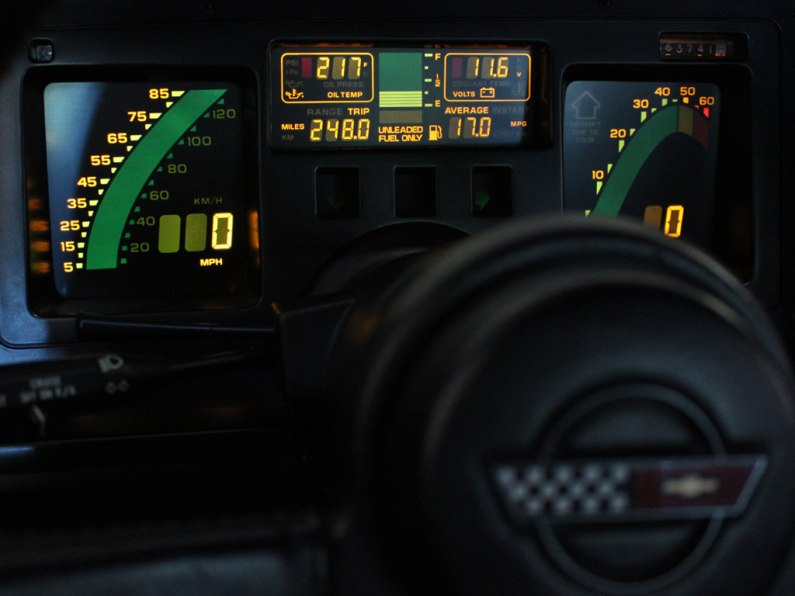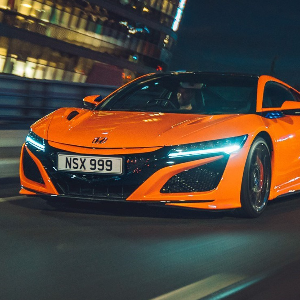
Truth be told, I did not want to buy this car. Every single fibre of my being was telling me to turn around, walk away and go buy anything more modern and capable – with contenders on my shortlist ranging from a svelte Porsche Cayman to Nissan’s boisterous 350Z.
Further dulling the Chevrolet’s appeal was the fact I had already owned three C4 Corvettes. I was also tired of the rigmarole of older cars and just wanted something I could use and enjoy; spending my increasingly limited free time tackling perishing rubber, brittle plastic and corrosion had about as much appeal as being repeatedly kicked in the crotch.
And yet, despite my internal protestations and mental leg-crossing, negotiations with the seller were continuing. There was admittedly madness to my method, but there was also unforgettable and unassailable motivation: the Callaway Sledgehammer.
Callaway was effectively to Chevrolet what AMG originally was to Mercedes-Benz, in that it took standard cars and gave them a katana-sharp performance edge. The Sledgehammer, however, was a one-off C4 Corvette project that aimed to push the limits of what was possible in a road car – and, back in 1988, it achieved an utterly astonishing 254.76mph.

Such a heady achievement fascinated me and, after first reading about it some ten years ago, I subsequently trawled every archive for more details; it was a street-legal and fully equipped car that, wound up to some 920bhp, was faster than the Bugatti Veyron EB16.4 – a 987bhp technological marvel that, 17 years after the Sledgehammer rolled to a stop, would claim a lesser top speed of 252.9mph.
The Veyron was miles ahead in every other respect, of course, but the Callaway had the edge in that one key metric. Every enthusiast understands the allure of the fabled double-ton club but, upon seeing and hearing video of that streamlined Corvette pounding the pavement, I wanted to add my name to the member’s list.
More the point, using a standard C4 Corvette as the base for such a high-speed project struck me as an accessible and feasible way of going about it; it would be affordable, compact and sleek, gearing wouldn't be an issue and the tuning potential was endless. All the crucial ingredients were present, and its looks would appealingly echo that of the Sledgehammer, but it would just need a dose of carefully applied hot sauce to wake it up.

Further fuelling my interest was the fact that the Callaway didn’t use some hyper-exotic engine to aid it in achieving its jaw-dropping speed; although honed to absolute perfection, it was otherwise a straightforward 5.7-litre small-block Chevrolet V8 with one cam, two valves per cylinder and eight plugs lit by a conventional distributor. Oh, and the small matter of a pair of turbochargers that delivered over 22 PSI into the V8’s gaping maw.
While I could never hope to replicate Sledgehammer's fine engineering and the careful integration and execution of every system, I could envision feasible and comparatively inexpensive ways to get a taste of the experience and performance offered by it. I wanted to see the federally mandated 85mph speedometer in my own car pegged to its maximum; I wanted to see the first digit of the three-digit speed readout roll from a one to a two – and I wanted there to be more to go.
Unfortunately, the Corvette I owned at the time wasn’t a viable project candidate; it was tired, for starters, and had the wrong transmission. Another C4 would follow, among other cars, but ever-changing responsibilities and priorities quelled any high-speed dreams. Buying a production turbocharged Callaway Corvette and tuning that was also out of the question, due to rarity and cost. Nevertheless, I still couldn’t shake the thought of my own 200mph-capable Corvette.

Then, much to my surprise, everything suddenly aligned at the start of 2019; the perfect car to use for the project materialised, I had space, I had the time and I had the funds – but I also had significant doubts, which led me to hesitate. This was no casual undertaking, after all, and fraught with hefty costs and potential consequences.
Bail out, play it safe, get a sensible and easily enjoyed car. That was the best solution. But that would also mean abandoning a long-standing intent and, looking back later, no doubt leave me glumly wondering what might have been. Even if I could never eclipse that notable 200mph benchmark, which itself would be no mean feat, the project build alone would be a rewarding challenge – and turning the key of my own modified turbocharged Corvette would be satisfaction enough.
My mental cartwheels weren’t getting me anywhere, so I removed my brain from the decision-making process and let my heart take over. In April 2019, thirteen years after I bought my first Corvette, I knuckled down and committed to what might be my last: G8 TFX.

Facts at a glance
Model: 1989 Chevrolet Corvette (C4 generation)
Price: £7000
Engine: 5.7-litre naturally aspirated V8
Power: 245bhp @ 4300rpm
Torque: 461Nm @ 3200rpm
0-60mph: 5.4 seconds
Top speed: 153mph
Fuel economy: 21.6mpg – achieving 19.2mpg at purchase (indicated)
Mileage: 62,810
Previous updates
None.

